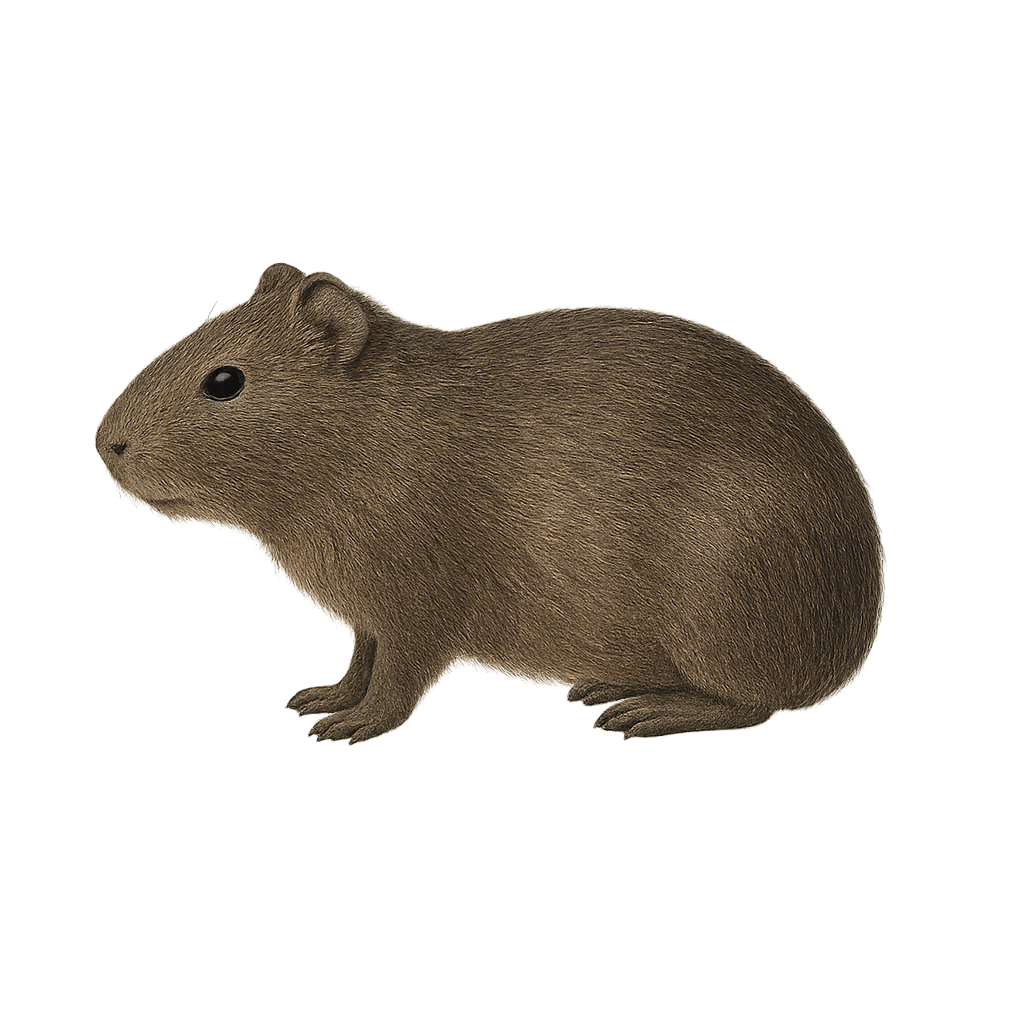Your wildlife photography guide.
Explore the brazilian guinea pig in detail, study its behavior, prepare your shots.
Where to observe and photograph the brazilian guinea pig in the wild
Learn where and when to spot the brazilian guinea pig in the wild, how to identify the species based on distinctive features, and what natural environments it inhabits. The WildlifePhotographer app offers tailored photography tips that reflect the brazilian guinea pig’s behavior, helping you capture better wildlife images. Explore the full species profile for key information including description, habitat, active periods, and approach techniques.
Brazilian Guinea Pig
Scientific name: Cavia aperea

IUCN Status: Least Concern
Family: CAVIIDAE
Group: Mammals
Sensitivity to human approach: Suspicious
Minimum approach distance: 10 m
Rut period: September to March
Gestation: 59-72 jours
Births: November to May
Habitat:
Grasslands, savannas, open forests
Activity period :
Primarily active during the day, with peak activity in the morning and late afternoon.
Identification and description:
The Cavia aperea, commonly known as the Brazilian Guinea Pig, is a small rodent native to South America. Often mistaken for the domestic guinea pig, it is a distinct species. This modest-sized rodent has a stocky body, short ears, and a brownish coat that helps it blend into its natural surroundings. It primarily inhabits grasslands, savannas, and open forests, where it feeds on a variety of vegetation. The Brazilian Guinea Pig is a social animal that lives in groups and communicates through a series of vocalizations. Although mainly diurnal, it can also be active at dusk. Its ability to adapt to various habitats makes it a resilient species.
Recommended lens:
300 mm – adjust based on distance, desired framing (portrait or habitat), and approach conditions.
Photography tips:
To photograph the Brazilian Guinea Pig, it is advisable to use a telephoto lens of at least 300 mm to capture detailed images without disturbing the animal. Look for areas where these rodents are active, such as grasslands or forest edges. Be patient and discreet, as they are suspicious and may hide at the slightest alert. Take advantage of times of the day when the light is soft, such as early morning or late afternoon, to get well-lit shots.
The WildlifePhotographer App is coming soon!
Be the first to explore the best nature spots, track rutting seasons, log your observations, and observe more wildlife.
Already 1 432 wildlife lovers subscribed worldwide

